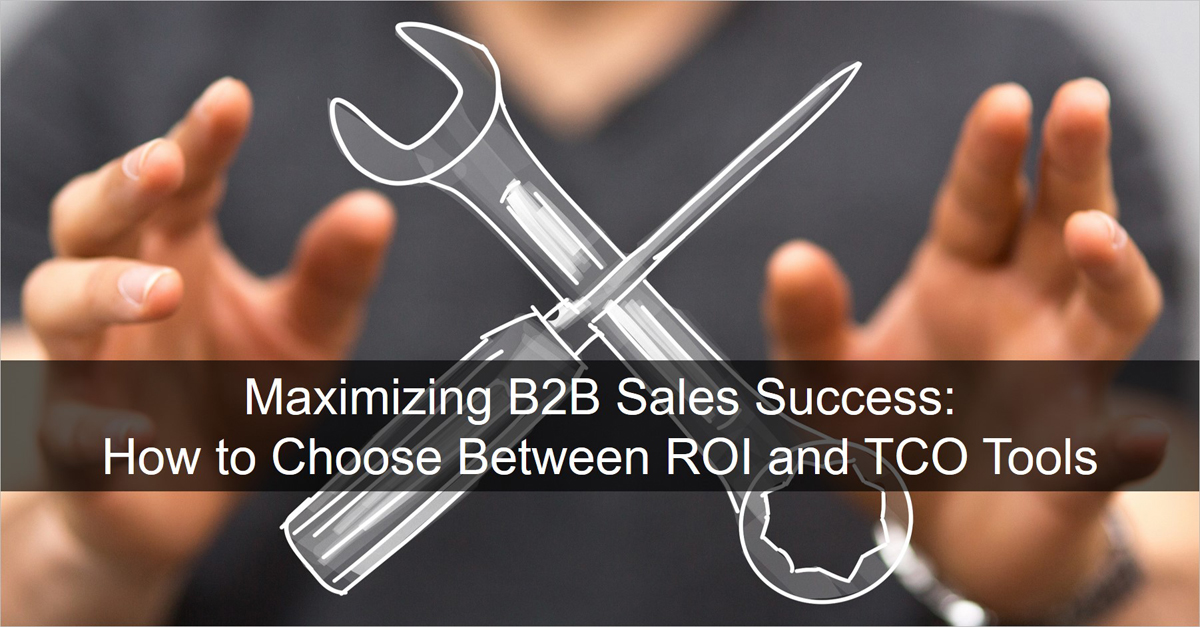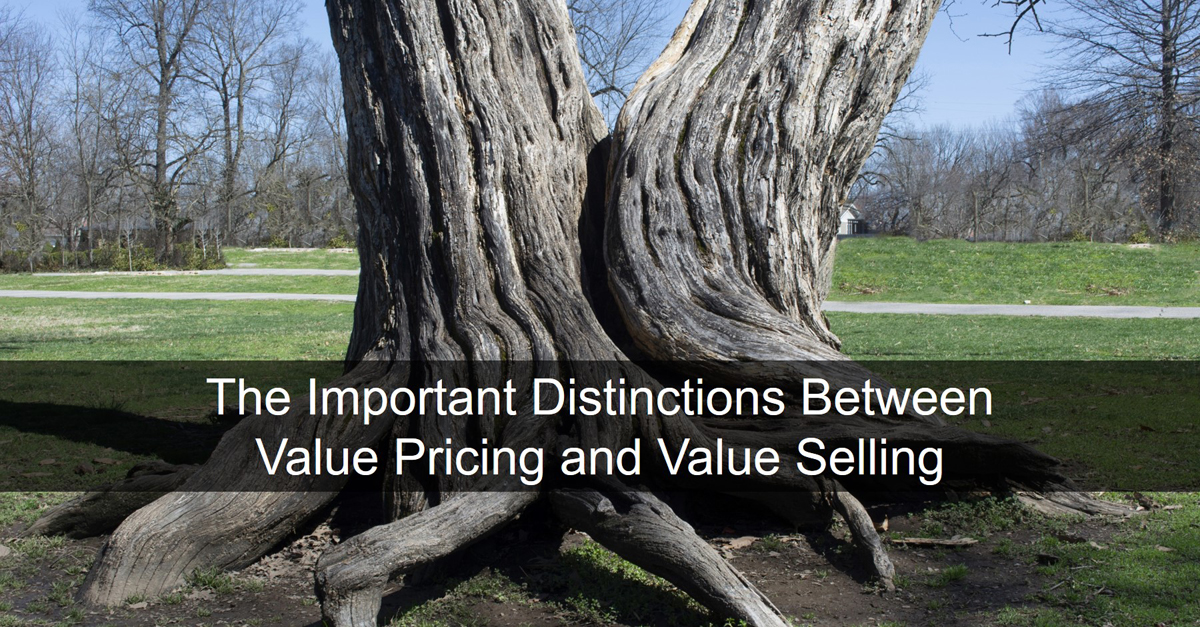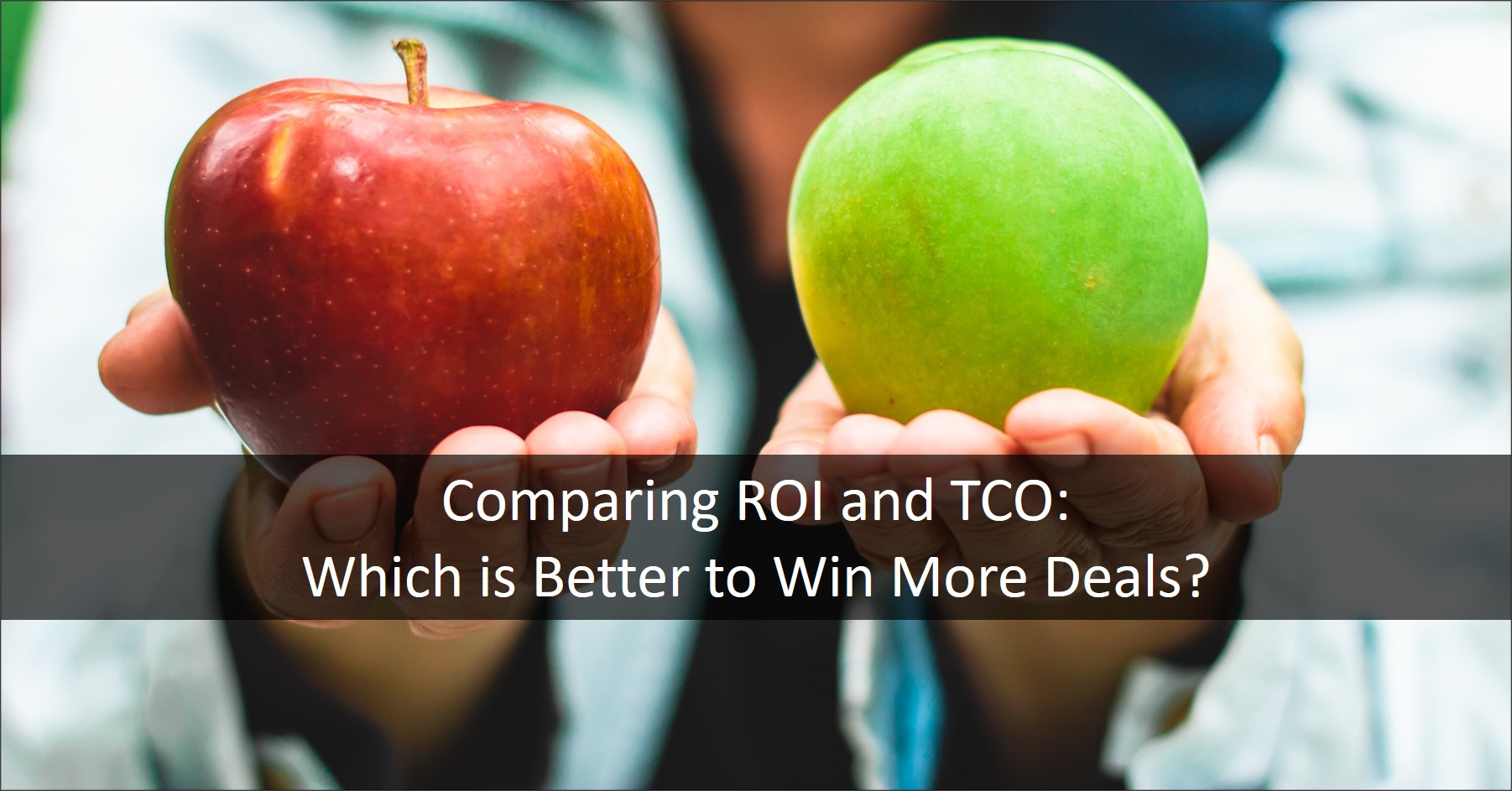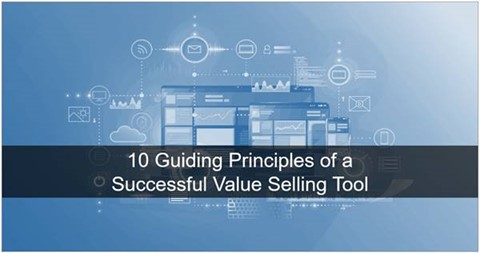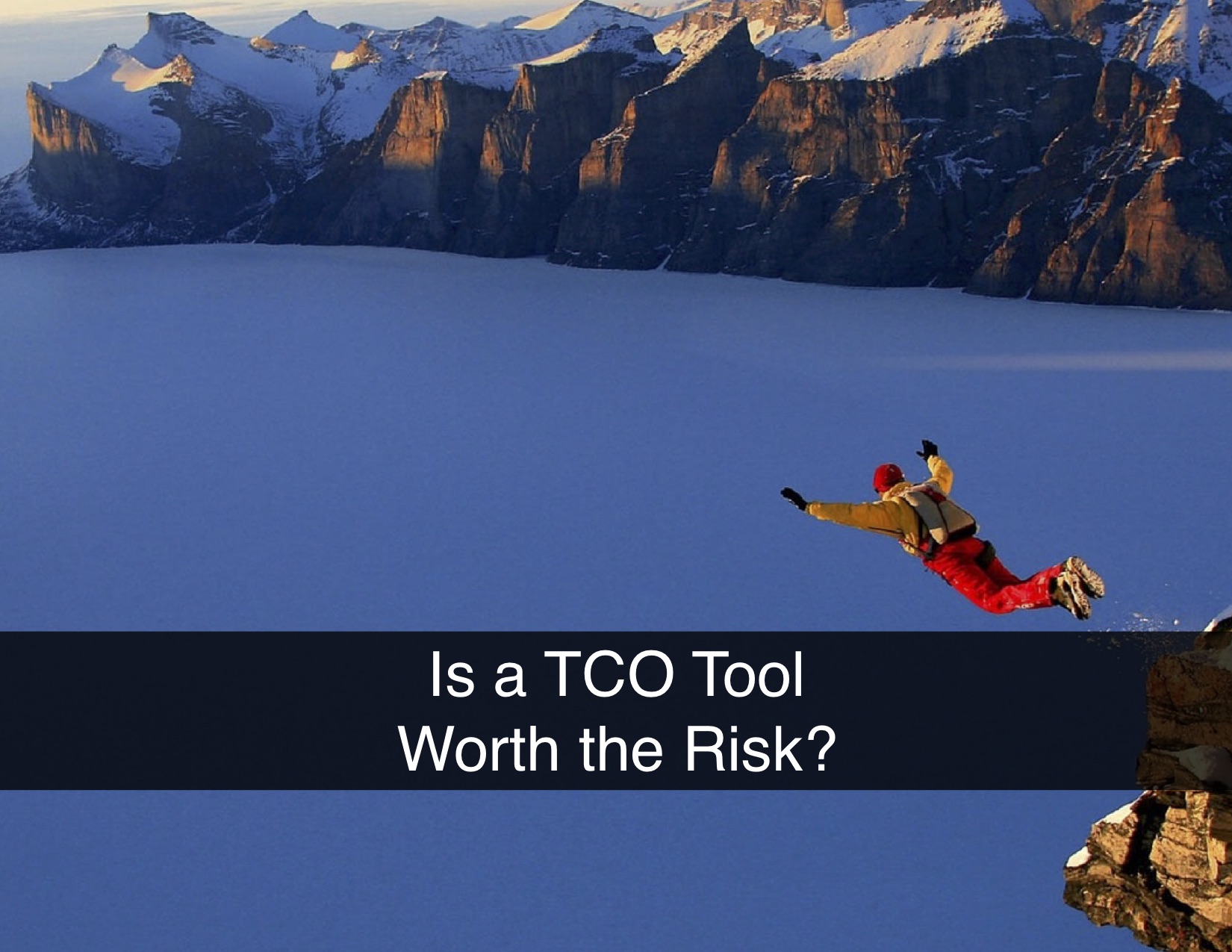Knowing the right time and context to use value selling tools is crucial for B2B sales success. Two popular tools are Return on Investment (ROI) and Total Cost of Ownership (TCO). While both can prove cost effectiveness, they have different purposes and are most effective in specific sales situations.
I recently reflected on what might cause sellers to reassess their value pricing and value selling strategies in a changing economy. While both are rooted in value, value pricing and value selling use different tools with different purposes and reference sets. Let’s take a moment to review the basics.
Building value selling content into your solution messaging and sales process requires a deep understanding of the difference between ROI and TCO analyses and the right use case for each. If used inappropriately, or not at all, you can lose credibility with customers and hurt your chances of closing deals.
During initial conversations, prospective customers often tell me they’re looking for a TCO (Total Cost of Ownership) calculator or tool. My typical response is to ask what they’re trying to accomplish so we can explore which tool (or tools) will best serve their needs. More often than not, a TCO tool can be helpful, but it may not the best solution.
What does it mean to be a successful salesperson, whether inside sales or otherwise?
Certainly, the ability to persuade is as important as is the knowledge of the solution for sale. However, the most successful salespeople approach each sale as though it were a battle; not in the negative sense, but in the strategic and tactical sense, from gathering intelligence and building a pathway, to partnership between your company and the customer’s business.
According to a recent study, nearly 50% of sales leaders are shifting from the field to inside sales. This shift, along with shorter sales cycles and easier access to competitor information, makes it more important than ever to ensure your inside sales team is well equipped to hold its ground against the competition with a value message, a value selling approach, and the tools (and reports) to back it up.
How many sales techniques and methods have you trained in, read about, or considered for your sales team? There are lots of them out there, each purporting to help you get in there and lock down that sale.
Recently, I ran across a review of well-known sales methodologies for closing complex sales by David Peralta, the content marketing manager at iSEEit. He talks about several methods into which I believe value selling tools would neatly fit.
Read on for an overview of six sales methods from Peralta’s guide and how value selling tools and calculators can enhance these practices.
Buyers tend to take the same journey every time they make a high-commitment purchase. They realize there is a problem and begin researching potential solutions. Unfortunately, they are not always methodical in their search.
As a value-seller, there are tools you can use to help steer them in the right direction. Even though today's buyers have gone further into the sales cycle before contacting you, some of these tools are meant to help prospective customers before they signal their readiness for a sales contact.
Other tools help your sales representatives build a convincing business case to take to the financial decision makers. Whatever the situation, here are four steps to help you fill your value selling toolbox.
Just when you think you have clinched the sale, the buyer springs a competitor on you, or someone inside the buyer’s company is suddenly suggesting an alternative method.
Either way, you need to prove your solution is the better buy, worth more in value and benefits than the unwelcome newcomer. Nothing does this better than showing the finance people how the total cost of ownership outshines that of the interloper.
Check out these nine amazing benefits of a TCO tool that can help take you the final distance to win the deal.

